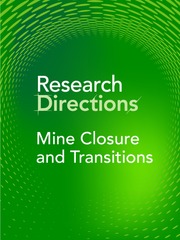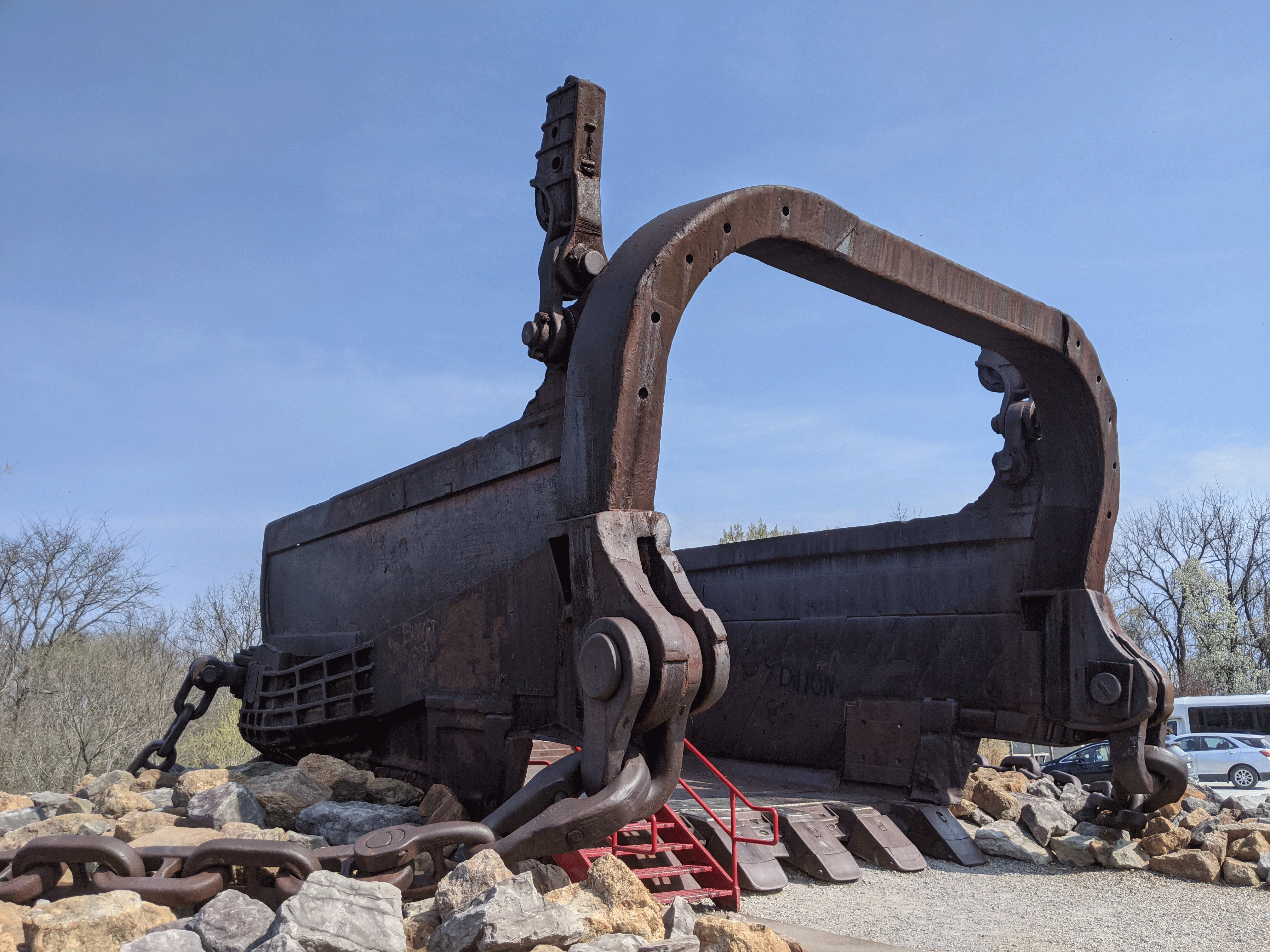Context
Mining activity can have small geographic footprints compared to the significant economic, employment, and environmental impacts that are experienced at a much larger scale. Likewise, the closure of these mines can lead to regional-scale transformations in economic and sociodemographic structure that exhibit cumulative or interactive effects with regional trends (Haggerty et al., Reference Haggerty, Haggerty, Roemer and Rose2018; Syahrir et al., Reference Syahrir, Wall and Diallo2021). Yet regional- or meso-level planning and regulation of mining activity and mine closure is often overlooked as extractive industries are typically regulated at state, provincial or national levels, with local oversight typically limited to where the mine is located (Lobao et al., Reference Lobao, Martin and Rodriguez-Pose2009). Regional-level analysis also must include a diversity of rightsholders and stakeholders that may be impacted differently and with varying levels of influence or agency over how economic futures are defined (Monosky and Keeling Reference Monosky and Keeling2021; Roemer and Haggerty, Reference Roemer and Haggerty2021).
We invite papers related to the challenges and opportunities of regional-level planning for mining activity, mine closure, and mine transition. Potential research questions include:
-
• How can mine closure or transition be best planned for or managed at regional or meso-level scales?
-
• What examples exist of regional-level planning for closure?
-
• What types of legislation or regulatory structures can allow for regional-level transition planning?
-
• What spatial, social or econometric planning models exist to understand mine closure impacts at regional levels?
-
• Can regional-level planning methods used in other contexts be applied to mine closure or transition?
-
• How can advanced spatial analytics and remotely sensed data sources be used to inform closure planning at the regional scale?
-
• What other custodians/drivers for planning can be utilised or alternative views of risk and value models be applied through a regional lens?
-
• How are temporal change and scenario building best addressed in regional models?
-
• To what extent are socio-spatial inequalities among stakeholders a barrier to meaningful and effective regional planning? Can procedural or other mechanisms overcome these barriers?
-
• Does the notion of optimising closure benefits risk the marginalisation of some interests at the expense of others?
How to contribute to this Question
If you believe you can contribute to answering this Question with your research outputs find out how to submit them in the Instructions for authors (https://www.cambridge.org/core/journals/research-directions-mine-closure-and-transitions/information/author-instructions/preparing-your-materials). This journal publishes Results, Analyses, Impact papers and additional content such as preprints and “grey literature”. Questions will be closed when the editors agree that enough has been published to answer the Question so before submitting, check if this is still an active Question. If it is closed, another relevant Question may be currently open, so do review all the open Questions in your field. For any further queries check the information pages (https://www.cambridge.org/core/journals/research-directions-mine-closure-and-transitions/information/about-this-journal) or contact this email [email protected].
Competing interests
The author(s) declare none.




